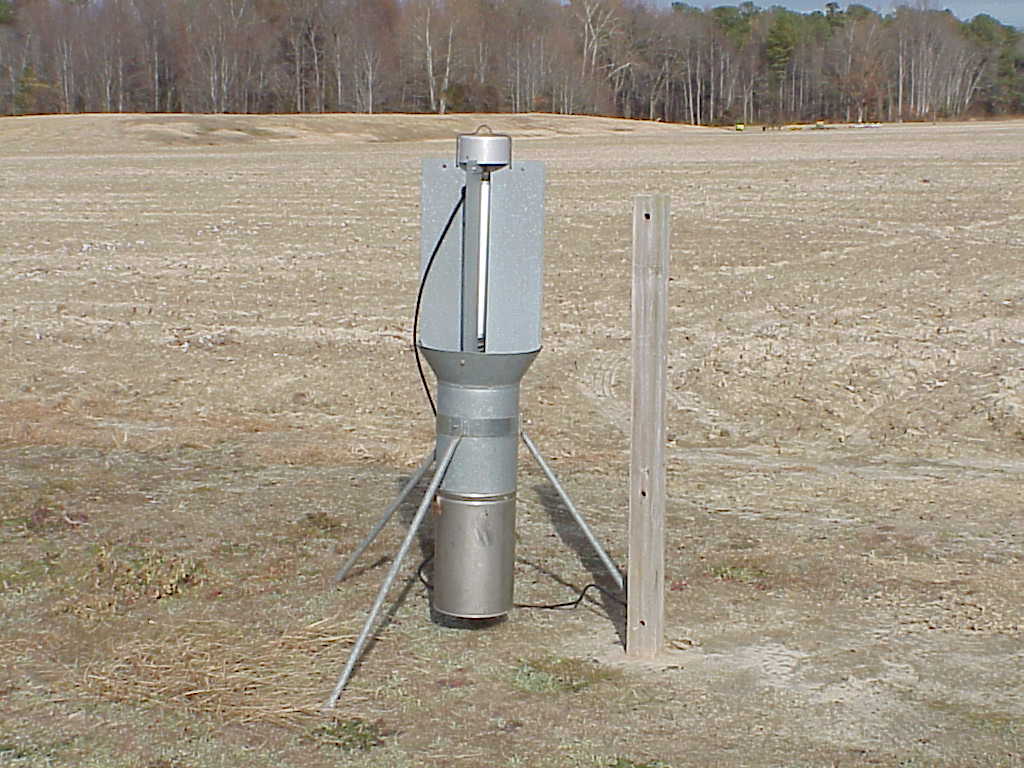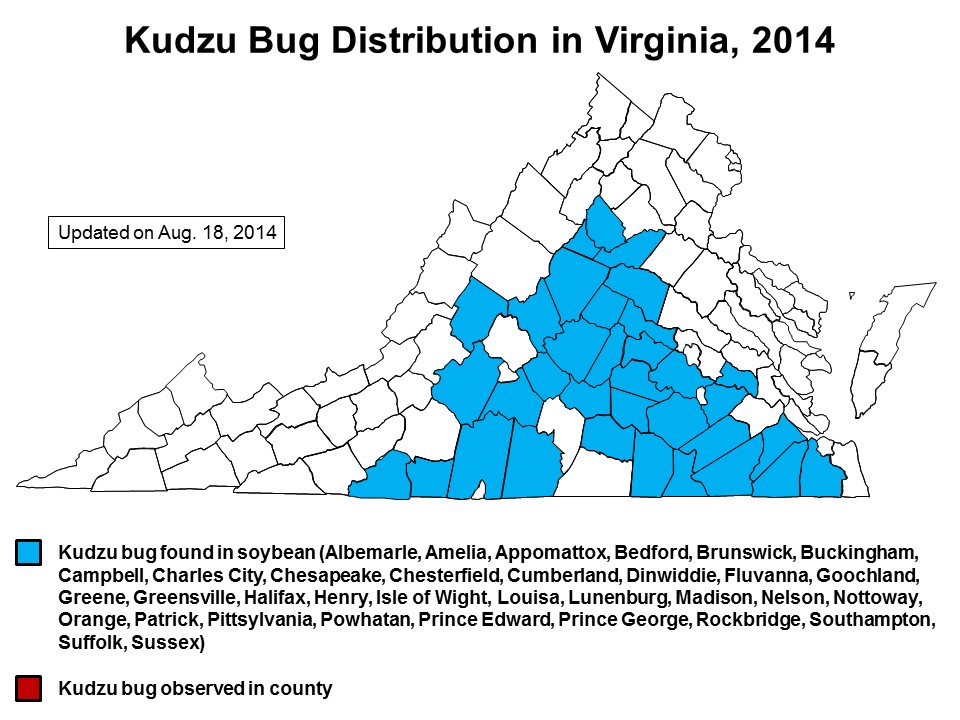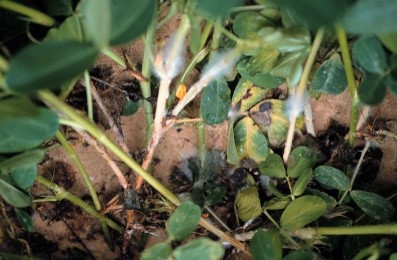In the past two weeks or so, there were discussions among specialists about peanuts showing a “mysterious leaf spot” of non-pathogenic origin (credit to pathologists Barbara Shew and Hillary Mehl); but the spot is similar in appearance to the early leaf spot when it starts and becomes irregular at later stages.

“Mysterious” leaf spot found in Suffolk, VA. At the initial stage, the spot looks like early leaf spot, but it has non-pathogenic origin.
Dr. Jay Chapin with Clemson University thinks it is a physiological leaf spot; he calls it “irregular leaf spot”. He observed it to be more prevalent on runners, in particular GA09B, and resulting in yield reduction under certain circumstances. Dr. David Jordan calls it “peculiar leaf spot”. I also found it in research peanut fields in Suffolk and Southampton, VA; the spotting was under 25% of the total leaf area. To solve the “mystery” and get information on the frequency of this issue in NC, Dr. Jordan recently launched a survey and asked the Extension Agents to assess the presence and severity of the spot in approximately 20 fields in each county (4 to 5 areas in each field) using the table below. Because I also found the spot in several fields and I know of growers growing GA09B this year, I suggest we do the same in Virginia. Please use the table below; under “comments” please include information on the cultural practices used in each field, if possible, so we can better explain the cause of the spotting. This assessment can be used at winter meetings and presented at the APRES next year together with the NC Extension Agents.
Documentation of Leaf Spots in Peanut that is not early or late leaf spot or web blotch
| Field ID (your designation) | Spots present (yes/no) | Severity (none, low = 25% or less leaflets with spots, moderate = 25 to 50% leaflets with spots, high = 50 to 75% leaflets with spots, very high = 75 to 100% leaflets with spots) relative to entire peanut canopy | Comments |







